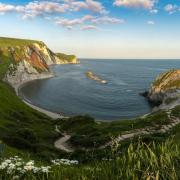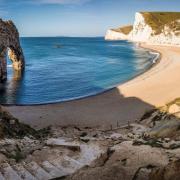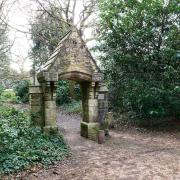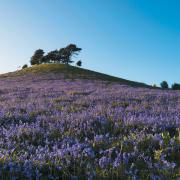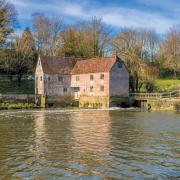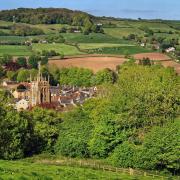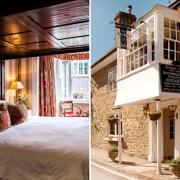Beaminster...past
Beaminster prosperity stemmed from the flax and sailcloth industry, which at its height in 1800 provided employment for 2,600 people in the local area. By 1880 the looms had been broken up for firewood, the mills and factories lay idle. Unemployment and emigration saw the population fall to under 2,000 from a mid-19th century peak of well over 3,000. One man who remained – and flourished – was the ironmonger Charles Toleman, who in a speech of 1908 called Beaminster ‘a long way from anywhere’ and thus dependent on ‘our friends the farmers’.
Beaminster formed the hub of an area of small family-owned farms whose spokes were the steep-sided valleys and deep clays of the Marshwood Vale. The lack of a station, due to its hilly geography, kept Beaminster compact and self-contained, fostering a close-knit sense of community, one generation succeeding the next as shopkeeper or craftsman.
Self-improvement was the order of the day, leading to the foundation stone of a new Public Hall in Fleet Street being laid to commemorate the Coronation of Edward VII, which once opened included seating for 300, a library, billiards and reading rooms. A company of the Dorset Rifle Volunteers was established in 1869, followed by the Beaminster Brass Band (1878), Football Club and Vegetable & Flower Society (1896), and Bicycle Club (1907).
A factory opened in 1904 by the West Surrey Central Dairy Company turned the daily delivery of churns from the 118 local dairy farms into milk powder. Three years later mains water arrived; but as Beaminster could only muster two bathrooms, most townspeople filled their pails from the new standpipes in the streets. Two years after that the town medical officer, Dr Pim, swopped his pony and trap for Beaminster’s first car, a 1909 Rover. Like it or not, change was coming.
Even the September Fair was not immune to the march of progress. The procession of horse-drawn caravans still formed up in The Square. But the waxworks figures of Mary Queen of Scots and ‘Napoleon on his death bed’, the tumblers and conjurors, the peep show and pig catching competition, all belonged to the past. Steam engines now powered the roundabouts. But there was still dancing to a fiddle late into the night.

Beaminster...present
Mapperton Gardens: Home of the Earl and Countess of Sandwich, the award-winning gardens of this Jacobean manor house, a film location for Far from the Madding Crowd,(2015), are open from February onwards. mapperton.com
Beaminster Museum: Located on Whitcombe Road, this is a treasure trove of local history from the area. They also host fascinating talks and workshops including a Family History Course throughout February. beaminstermuseum.co.uk
Brillant Shops: Shop at Nick Tett Butchers, Fruit N Two Veg, The Village Bakery, Larcombes of Beaminster hardware, Cilla and Camilla department store, Little Toller bookshop, and Brassica Mercantile. Clipper Tea's HQ is here too. discoverbeaminster.co.uk




